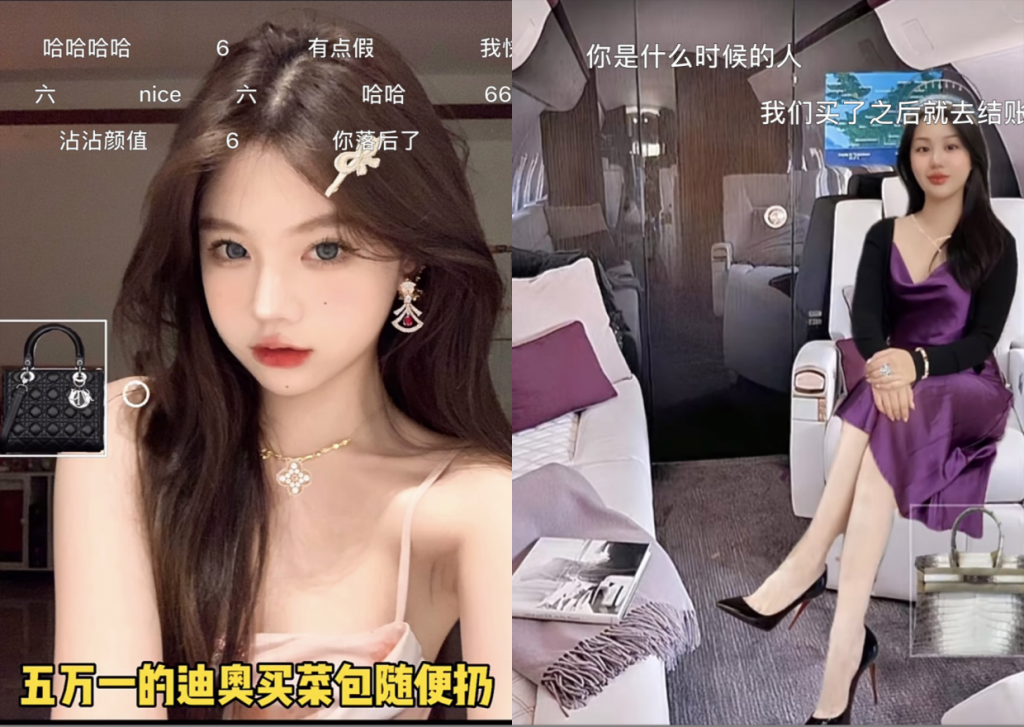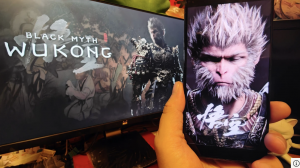From Chanel lipsticks and Dior handbags to private jets, China’s hyper-online netizens have found a cheat code to living luxuriously amid an economic slowdown. Cue, ‘virtual bling.’

What happened: China’s latest fashion wave doesn’t require shoppers to empty their pockets. In fact, all they need is an image editing app, and some savvy Photoshopping skills.
The trend in question is “virtual bling” (known in local dialect as dianzi dapai), a new online phenomenon that’s encouraging netizens to edit luxury items, such as expensive Dior handbags and fine jewelry from Cartier, into their photos over buying the real thing.
According to the New Retail Business Review, the concept has taken mainland’s online realm by storm, particularly among young people who earn around $685.84 (5,000 RMB) per month.
So far, related hashtags, including “young people fall in love with ‘digital high-end brands’” and “would you Photoshop luxury brands on photos?” are snowballing, having already generated over 447,000 views and 516,000 views on Weibo.
The Jing Take: Novel, funny, and pointedly ironic, China’s latest digital trend may have got online natives talking, but the movement speaks volumes about the state of China’s approach to luxury consumption today.
The term’s origins are said to derive from a proliferation of anti-consumerist sentiment across China’s social hubs – such as Weibo and Xiaohongshu – in response to shoppers being mocked for wearing counterfeit bags in public.
Rejecting societal pressures, a subset of internet users are superimposing anything from Dior bags to private jets onto their images. The activity has already found its own slogan among China’s cybernauts – “use big electronic brands to enjoy a rich life.” Continue to read the full article here





